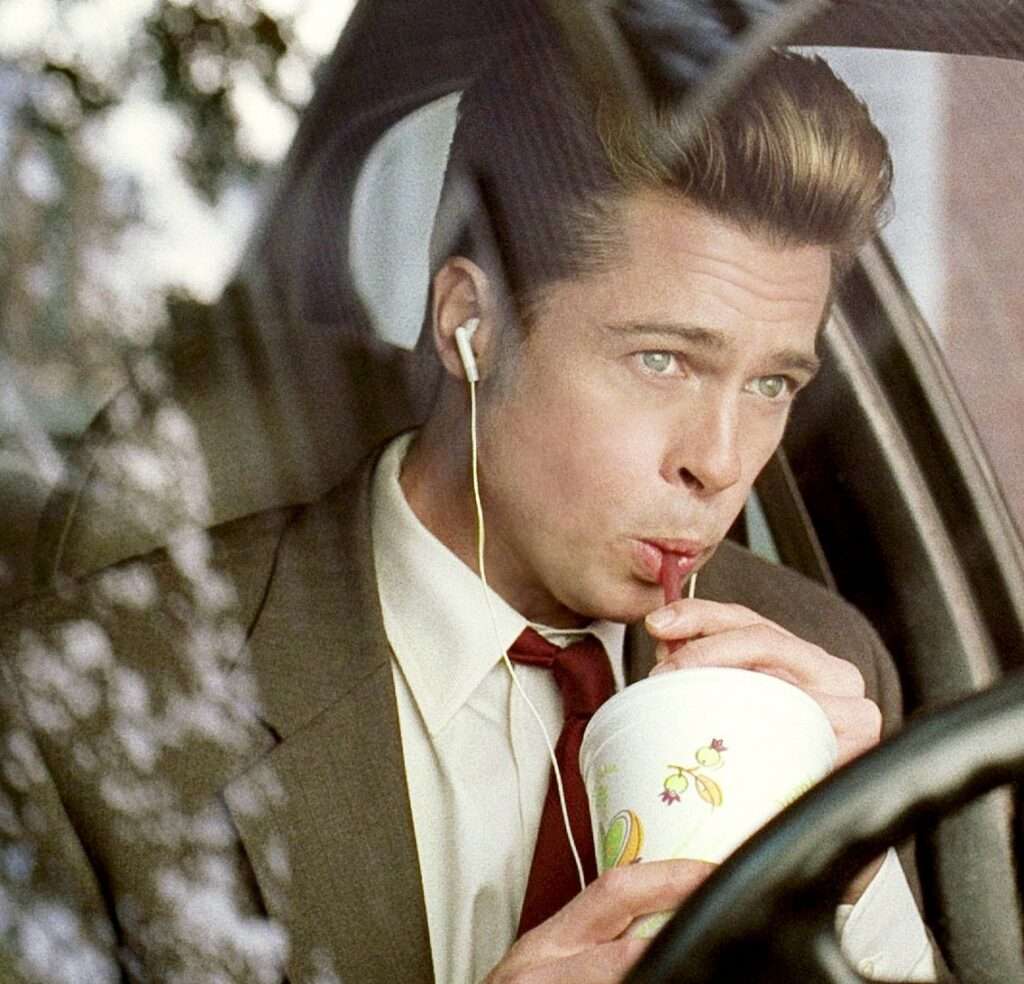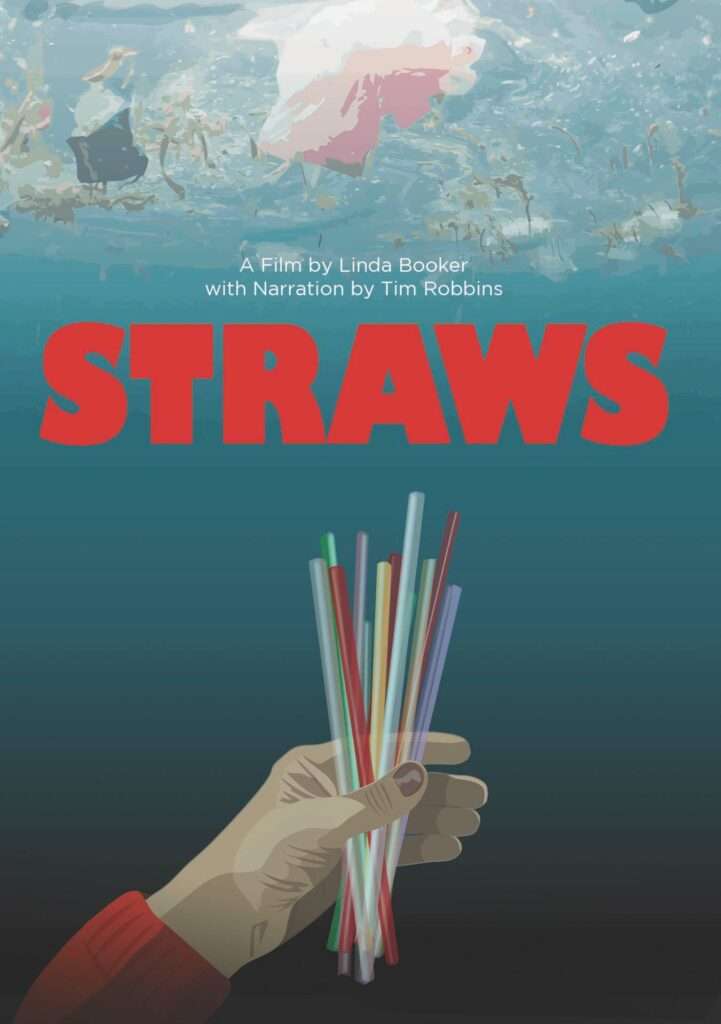Paper straws don’t work as well as plastic, and now, new research finds they may be just as toxic. Is this the end of the single-use drinking straw?
In 2019, as cities banned the prolific plastic straw (about 500 million are still used every day in the U.S.), the memes and Tweets went something like this: Billionaires fly around in their private jets sipping Champagne in crystal flutes while the rest of the world takes public transport and sips soda through flimsy paper straws all in the name of saving the planet.
But the joke’s on everyone, as private jets may not be as damaging to the environment as they’ve been made out to be, while paper straws may be just as bad for the planet as plastic, according to new research.
The findings
The study, conducted by researchers in Belgium and published in the journal Food Additives and Contaminants, has found that the presumed environmentally friendly alternatives to plastic straws — namely those made from paper and bamboo — may contain dangerous PFAS (per- and poly-fluoroalkyl substances), commonly known as “forever chemicals.” These chemicals may pose health risks, raising questions about the overall benefits of these plastic alternatives.

The researchers analyzed 39 brands of straws made of various materials including paper, bamboo, glass, stainless steel, and plastic. Of the 39, 27 contained PFAS although most at low concentrations. These synthetic chemicals are used in manufacturing consumer goods because of their resistance to stains, grease, and water.
But PFAS, for all their benefits in packaged goods, have a tendency to linger in air, water, and soil almost indefinitely. They are commonly found in various everyday products like food wrappers, cosmetics, carpets, furniture, and specific textiles such as raincoats or workout clothes. Their ecological and health impacts are felt all along the food chain.
PFAS health concerns
Among the straws evaluated in the study, paper straws were the most susceptible to PFAS contamination. These chemicals were detected in 18 of the 20 paper straw brands, while four out of five bamboo straws and three out of four plastic straws were also found to contain PFAS. Prior research in the U.S. had similarly detected PFAS in paper and plant-based straws, as well as in other cookware, personal care products, and packaging.
The potential health hazards associated with exposure to PFAS are still being studied. Some known risks include low birth weight, high cholesterol, thyroid disorders, and an increased likelihood of kidney and liver cancers.
Thimo Groffen, an environmental scientist at the University of Antwerp and one of the authors of the study, said it was unclear whether PFAS are deliberately added to straws or if they accidentally find their way into the products during manufacturing. Another possibility is the trace presence of PFAS in bamboo straws due to contaminated soil where the plants are grown.
Graham Peaslee, a researcher studying PFAS at the University of Notre Dame, pointed out that manufacturers might not be examining their products for these chemicals. “All the straw manufacturers should take warning and say, ‘Hey, do we use this stuff?’ Because at the moment, they’re not even asking that question,” Peaslee said.

Though Groffen says straw users probably don’t need to panic about individual risk, he emphasized the cumulative effect of PFAS exposure: “It all adds up together with other exposure routes and the combination could cause health effects,” he noted.
The findings of this study also raise concerns about the potential leaching of PFAS into food and water. Despite these findings, some experts still maintain that paper and bamboo straws are less harmful to the environment compared to plastic. “I still would expect plastic straws to be more harmful to the environment because of course you also have the degradation of the plastics into microplastics that can be consumed by animals,” Groffen stated.
Plastic straws became the target of environmental action in recent years with bans across the U.S. and other countries as well as chains, airlines, and hotels banning them as part of efforts to reduce single-use plastic, which can persist in the environment for up to 200 years.
If straws are still an essential in your home or business, the study found all five stainless steel straws were free from PFAS. Steel straws are also reusable, which reduces the need for new straws and the emissions with manufacturing. Similar efforts are underway at coffee chain Starbucks, which just launched a reusable cup trial at a dozen California locations as it aims to reduce its single-use paper cups.
Related on Ethos:


